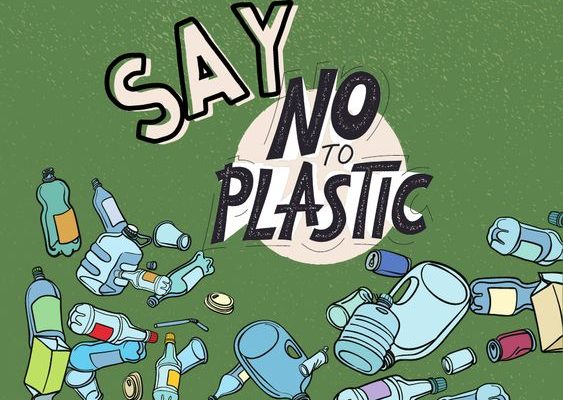Curbing demand for plastics is best way to overcome problem

Plastics have become one of the most ubiquitous materials in the world. They are found in everything from packaging and clothing to electronic devices and medical equipment. However, the convenience of plastics has led to severe environmental consequences. Our oceans are inundated with plastic debris, wildlife is suffering, and microplastics have made their way into our food and water supplies. As these issues become more alarming, it’s clear that reducing the consumption of plastic is essential.
The critical question we need to ask ourselves is: Can we effectively tackle this problem by focusing on curbing demand for plastics?
Demand drives production. By addressing the root cause – our relentless demand for disposable plastic items – we can make a significant impact. The remedy involves a combination of public awareness, legislation, innovation, and cultural shift.
Firstly, public awareness campaigns are crucial in educating people about the consequences of plastic pollution and how individual choices can contribute to a larger change. Once consumers understand the impact of their choices, they may opt for alternatives to plastic products.
Secondly, legislation plays a key role. Governments around the world need to implement regulations that discourage the use of single-use plastics by imposing bans or taxes on plastic bags, straws, and other disposable items.
Businesses must also innovate by investing in alternative materials that are biodegradable or easier to recycle. Research must be supported to develop materials that can replace conventional plastics without compromising on quality or convenience.
Lastly, cultural shift is essential. Societal norms have led us to this point where disposability is often seen as convenient at the expense of environmental health. Changing these perceptions is not easy but fostering an ethic that values sustainability over convenience can slowly transform our reliance on plastics.
The approach must be multifaceted because curbing demand alone cannot solve the plastic crisis wholly; recycling and clean-up efforts must also be enhanced alongside reducing demand.
In conclusion, while overcoming the problem of plastic pollution is complex and requires a multifaceted strategy, curbing demand for plastics may very well be at the heart of any long-term solution. By addressing our consumption habits backed by government support and innovative alternatives, we can make strides towards a more sustainable future free from the shackles of plastic dependency.






